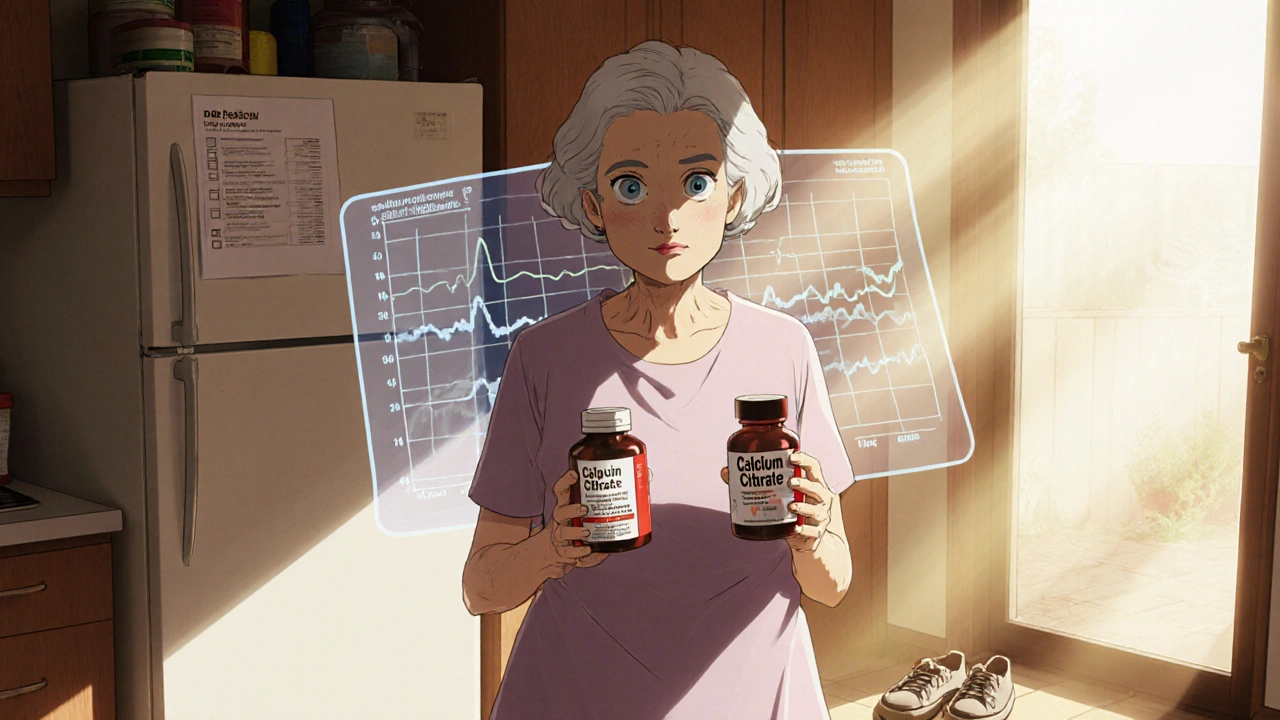Bone Health: Essential Insights and Practical Tips
When talking about bone health, the strength and resilience of the skeletal system that supports movement and protects organs. Also known as skeletal health, it relies on several core factors. One of them is Calcium, a mineral that forms the hard matrix of bones and teeth. Another crucial player is Vitamin D, the fat‑soluble vitamin that enhances calcium absorption in the gut. A condition that directly reflects compromised bone health is Osteoporosis, a disease marked by reduced bone density and higher fracture risk. For certain patients, especially those with low vitamin D activation, doctors may prescribe Alfacalcidol, a synthetic vitamin D analog that helps maintain bone mineralization. Understanding how these pieces fit together gives you a solid base before diving into the detailed articles below.
Calcium is the backbone of bone structure. Adults typically need 1,000 mg daily, rising to 1,200 mg after age 50. Dairy products, fortified plant milks, leafy greens, and sardines are top sources. When intake falls short, the body pulls calcium from bone stores, weakening the framework over time. Pairing calcium with adequate vitamin D boosts its uptake by up to 40%, turning dietary effort into real bone gain.
Vitamin D works like a switch that tells the intestine to open its doors for calcium. Sun exposure triggers skin production, but geographic location, season, and skin tone can limit synthesis. A daily 800–1,000 IU of vitamin D3 often covers the gap, though some people benefit from higher doses, especially those with limited sun. Regular blood tests help tailor the right amount without risking toxicity.
Osteoporosis sneaks in when bone remodeling tilts toward breakdown. Risk factors include age, female sex, family history, low body weight, and prolonged steroid use. A simple bone density scan (DXA) can spot early loss, letting you act before fractures occur. Lifestyle tweaks—weight‑bearing exercise, quitting smoking, and moderating alcohol—slow the decline and even rebuild lost mass.
Alfacalcidol enters the scene for people whose kidneys struggle to convert vitamin D into its active form. By bypassing that step, it directly supports calcium absorption and bone remodeling. Physicians typically start patients on 0.25–1 µg daily, adjusting based on blood calcium and phosphate levels. Monitoring is key, but for many users it reduces fracture risk and improves bone pain.
Beyond nutrients, movement keeps bones alive. Weight‑bearing activities like walking, jogging, or resistance training create tiny micro‑fractures that trigger rebuilding, strengthening the skeleton. Aim for 30 minutes most days, and mix in balance work to prevent falls. Hydration and protein also play supporting roles, ensuring the matrix stays flexible and strong.
Now that you’ve got the fundamentals of bone health, the articles below will dive deeper into specific supplements, medical conditions, and practical tips you can apply today. Whether you’re looking to boost calcium intake, understand osteoporosis treatment options, or see how alfacalcidol fits into a bone‑support plan, the following resources have you covered.

